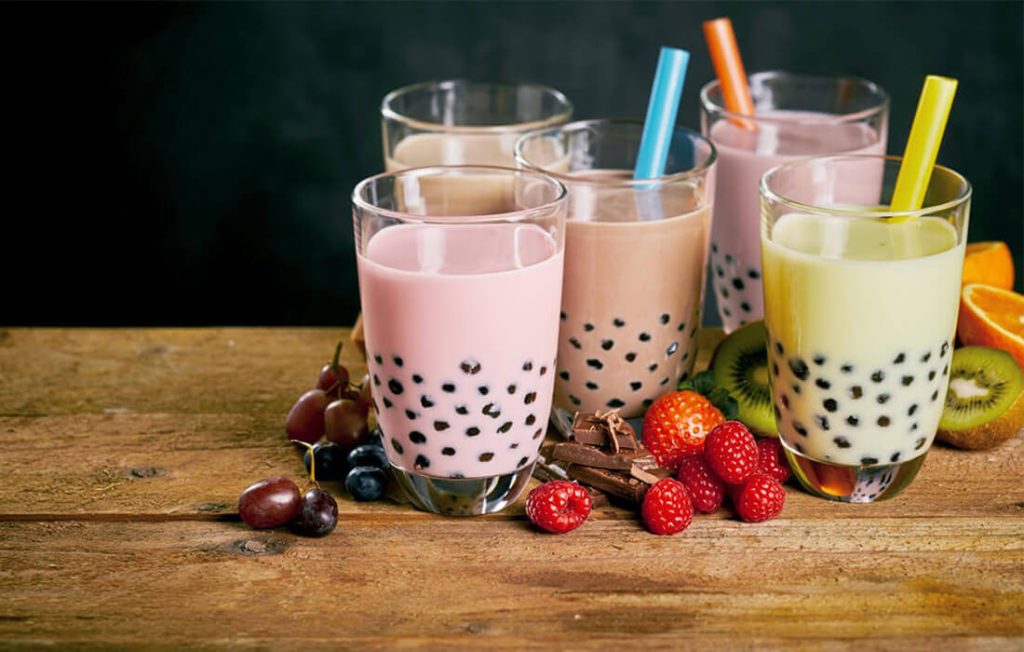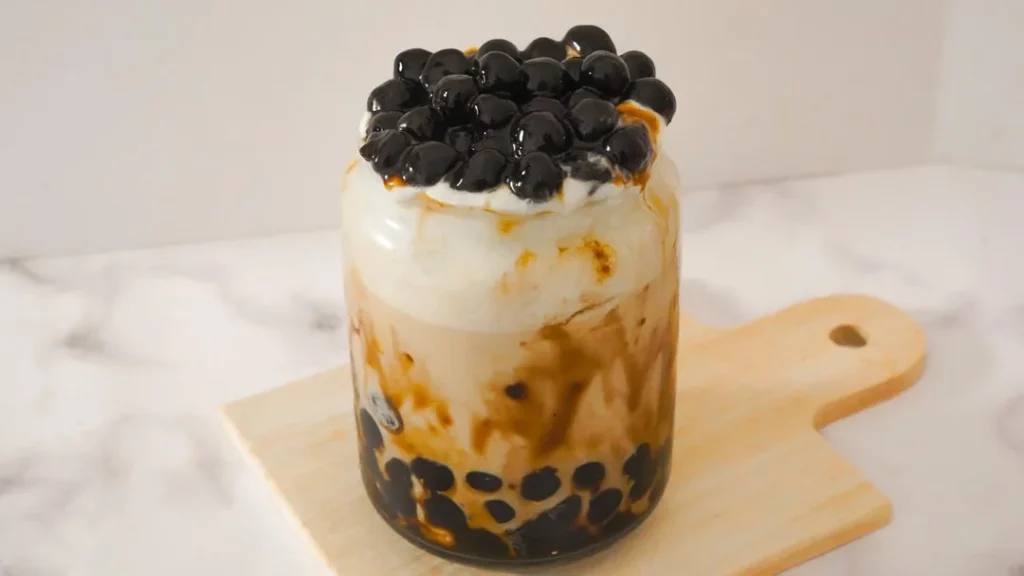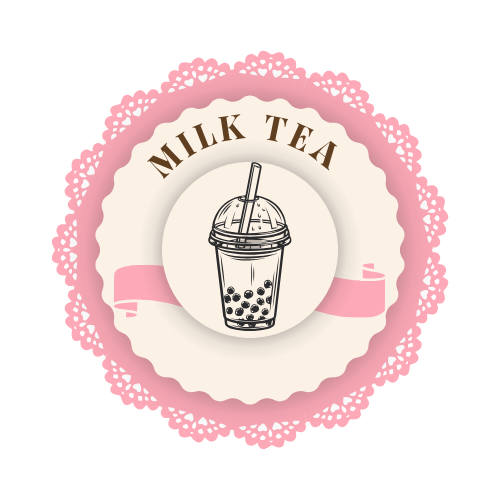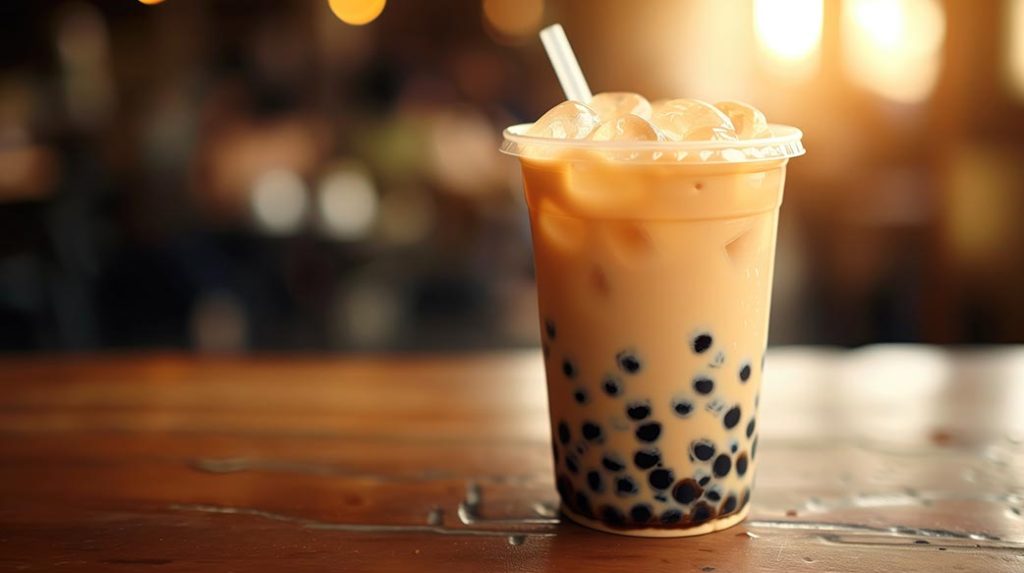Blog
The History of Bubble Tea: From Taiwan to Global Sensation
Bubble tea, also known as boba tea, has taken the world by storm in recent decades, becoming a cultural phenomenon and a beloved beverage for millions. Originating in Taiwan during the 1980s, this unique drink blends tea, milk, sugar, and tapioca pearls to create a delightful fusion of flavors and textures. Today, bubble tea is not just a drink but an integral part of global pop culture, with shops dedicated solely to its craft popping up across cities worldwide. This article delves into the fascinating history of bubble tea, its evolution, and the reasons behind its meteoric rise to global prominence.
Origins of Bubble Tea in Taiwan
The roots of bubble tea trace back to Taiwan, an island nation renowned for its tea culture. During the 1980s, tea stands were already popular across Taiwan, offering a variety of traditional teas. It was within this environment of tea experimentation that bubble tea was born.

The exact origins of bubble tea are debated, with two popular stories emerging:
- The Chun Shui Tang Tea House Story: Chun Shui Tang, a tea house in Taichung, claims that bubble tea was invented in 1988 by Lin Hsiu Hui, a staff member who experimented by adding sweetened tapioca pearls into her iced tea. This accidental innovation was a hit with customers and soon became the shop’s signature drink.
- The Hanlin Tea Room Story: Another account attributes the creation of bubble tea to Hanlin Tea Room in Tainan. According to this version, Hanlin’s founder, Tu Tsong-He, was inspired by tapioca balls he encountered at a local market. He decided to mix them with tea, giving rise to the first version of the drink.
Regardless of which story is accurate, the combination of chewy tapioca pearls with tea quickly gained popularity throughout Taiwan. By the late 1980s, bubble tea had established itself as a trendy beverage that appealed to young people seeking something new and exciting.
What is Bubble Tea?
At its core, bubble tea is a tea-based drink that typically includes four main components:
- Tea Base: Traditionally, bubble tea uses black tea, green tea, or oolong tea as its base. Modern variations incorporate flavored teas, herbal teas, or even coffee.
- Milk or Creamer: The addition of milk gives the drink a creamy texture. Some recipes use fresh milk, while others use non-dairy creamers or plant-based milks for lactose-intolerant customers.
- Sweetener: Classic bubble tea is sweetened with sugar syrup, though honey and other sweeteners are now common alternatives.
- Tapioca Pearls: The “bubbles” in bubble tea refer to the chewy tapioca pearls, made from cassava starch. These pearls are boiled and sweetened before being added to the drink.
Over time, bubble tea has evolved to include a myriad of variations, such as fruit teas, slushies, and drinks topped with cheese foam or pudding.
The Global Expansion of Bubble Tea
Bubble tea’s journey from a Taiwanese street-side drink to a global phenomenon began in the 1990s. Taiwanese immigrants played a crucial role in introducing bubble tea to other countries, particularly in Asia and North America.

Expansion into East Asia
Countries like Japan, South Korea, and China were among the first to embrace bubble tea. In these regions, tea already held cultural significance, making bubble tea a natural fit. As Taiwanese brands expanded into neighboring countries, they tailored their offerings to suit local tastes. For example, in Japan, matcha bubble tea became a hit, while South Korea saw a surge in popularity for fruit-flavored boba drinks.
The North American Boom
In the late 1990s and early 2000s, bubble tea started appearing in Asian-American communities in cities like Los Angeles, New York, and Vancouver. These shops initially catered to immigrant populations but quickly drew in curious locals. The drink’s appeal lay in its novelty—chewy tapioca pearls and colorful presentations intrigued a wide range of customers.
Europe and Beyond
By the 2010s, bubble tea had reached Europe, Australia, and the Middle East. The rise of social media platforms like Instagram and TikTok played a pivotal role in boosting its popularity. The visually striking nature of bubble tea—vivid colors, layers of ingredients, and unique toppings—made it a social media darling. Today, bubble tea shops can be found in major cities across the globe, each offering its own creative spin on the classic drink.
Reasons Behind Bubble Tea’s Global Success
The widespread appeal of bubble tea can be attributed to several factors:
1. Customizability
Bubble tea offers endless customization options, allowing customers to choose their tea base, sweetness level, toppings, and milk preference. This level of personalization ensures that the drink appeals to a broad audience with diverse tastes.
2. Unique Texture
The chewy texture of tapioca pearls provides a sensory experience unlike any other beverage. For many, the act of chewing while drinking is a novel and enjoyable sensation.
3. Aesthetic Appeal
Bubble tea’s vibrant colors and creative presentation make it highly Instagrammable. Social media has been instrumental in introducing bubble tea to younger audiences worldwide.
4. Cultural Fusion
Bubble tea bridges traditional tea culture with modern, urban trends. It appeals to both traditionalists who value tea’s heritage and younger generations seeking innovation.
5. Health Trends
With the rise of plant-based diets and alternative ingredients, bubble tea shops now offer vegan options, low-sugar versions, and even superfood-infused drinks. This adaptability has helped bubble tea remain relevant in an increasingly health-conscious market.
Challenges in the Bubble Tea Industry
Despite its success, the bubble tea industry faces challenges:
1. Sustainability
The use of plastic cups, straws, and packaging has raised concerns about environmental impact. Many brands are now shifting to eco-friendly alternatives like reusable cups and biodegradable straws.
2. Ingredient Costs
The global supply chain for tapioca pearls, which rely on cassava production in tropical regions, can be vulnerable to disruptions. This has led to occasional shortages and price hikes.
3. Health Concerns
Bubble tea’s high sugar content has drawn criticism from health experts. While some shops have introduced healthier versions, traditional recipes still face scrutiny.
The Future of Bubble Tea
As bubble tea continues to evolve, its future looks promising. Industry trends point towards further innovation in flavors, healthier options, and sustainable practices. With its ability to adapt to changing consumer preferences, bubble tea is poised to remain a beloved global beverage for years to come.
Conclusion
From its humble beginnings in Taiwan to its status as a global sensation, bubble tea is a testament to the power of cultural innovation and globalization. This drink, which seamlessly blends tradition with modernity, has captured the hearts of millions around the world. Whether enjoyed as a sweet treat or a cultural experience, bubble tea’s journey is far from over, as it continues to bring joy to tea lovers everywhere.


